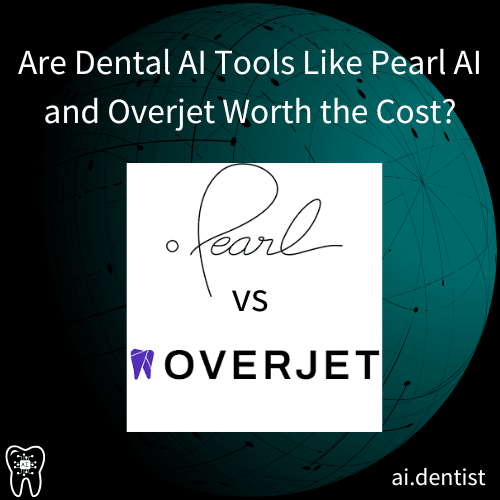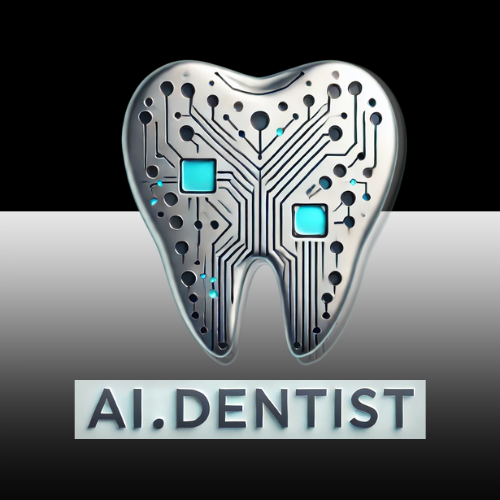Are Dental AI Tools Like Pearl AI and Overjet Worth the Cost?

Are Dental AI Tools Like Pearl AI and Overjet Worth the Cost?
Table of Contents
- Overview of AI in Dentistry
- Are Visual Overlays Worth $500 per Month?
- Why Open Source or Affordable Tools Would Be Game-Changing
- Conclusion
Overview of AI in Dentistry
AI-powered platforms like Pearl AI and Overjet AI are becoming increasingly popular in modern dental practices. Their primary selling point is the ability to provide a “second opinion” by visually highlighting areas of concern on radiographs—typically bone loss, calculus and dental caries—through color-coded overlays and automated detection.
These systems are marketed to increase case acceptance by offering a clearer presentation to patients, thus building trust in the diagnosis and treatment plan.
Are Visual Overlays Worth $500 per Month?
While the idea sounds promising, the real-world utility versus the cost of these platforms deserves scrutiny. Most dental practices are quoted $250–$500 per month to use Pearl AI or Overjet, which often includes licensing, support, and software integration.
But here’s the reality: dentists already know how to diagnose cavities and bone loss. These tools don’t necessarily increase diagnostic accuracy for the provider—they are primarily geared toward patient communication. And paying upwards of $6,000 per year just to show patients an annotated X-ray doesn’t always translate to higher ROI.
In essence, for many practices, the cost-benefit ratio doesn’t add up. The software becomes a “nice-to-have” rather than a “must-have,” especially for dentists confident in their clinical communication and presentation.
Why Open Source or Affordable Tools Would Be Game-Changing
Where these platforms would shine is in a more cost-effective or open-source model. If AI overlay tools were available for a one-time fee or offered on a freemium basis, they could:
- Streamline diagnosis workflows
- Serve as an internal quality control tool
- Support newer dentists in identifying pathologies confidently
- Improve patient education without hurting the practice’s bottom line
The democratization of AI in dentistry—through open standards, local processing, or community-backed development—would allow innovation to be used where it matters most: chairside, daily, without bloated subscription fees.
Conclusion
Visual dental AI tools like Pearl AI and Overjet offer impressive features, but their $500+/month price tag may be too steep for the average practice to justify—especially when their biggest benefit is visual presentation, not diagnostic improvement.
Instead, what the industry truly needs are affordable, local-first, or open-source options that enable any practice—big or small—to integrate AI in a sustainable, cost-conscious way.
Until then, it may be best to rely on strong clinical photography, clear explanations, and trust—rather than chasing the flashiest overlay on an X-ray.
